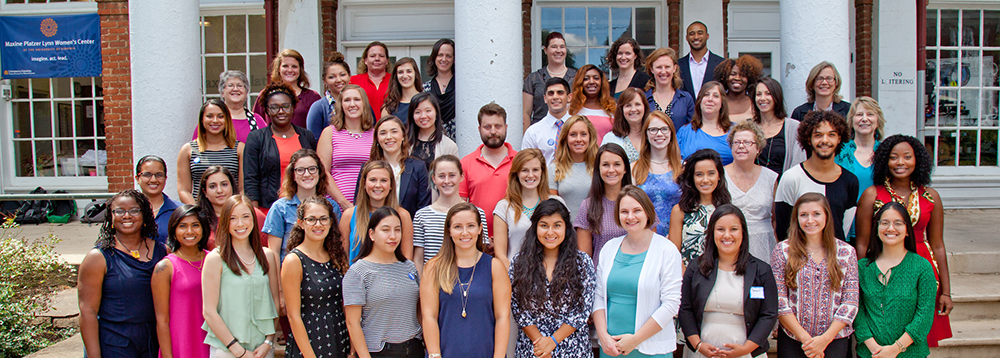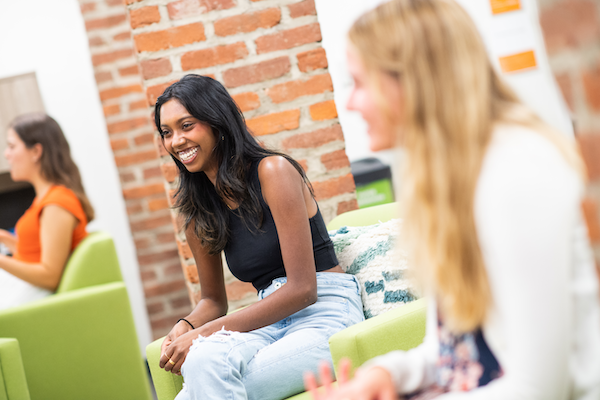
Written by Maxine Platzer Lynn Women's Center Director, Abby Palko
In my first blog post, I promised to share my vision of a women’s center’s role in the contemporary university. The Women’s Center is always aware that gender is one of the defining facets of our identity as humans who live in society. This necessarily leads to tension at times; the Women’s Center is a space where people can address this tension. This works best when we pay attention to cultural norms, community values, and public attitude alongside the best research and understanding of how gender identity, sexual orientation, and other aspects of human identity form and influence us as human beings.
A women’s center should prepare students to be informed, engaged citizens of the world attuned to the impact of gender on our lived experiences. Since Simone de Beauvoir so neatly formulated it for us, that “One is not born, but rather becomes, a woman,” the question of what it means to “be a woman” has been a contentious one. We’re currently living in a moment when what it means to be a woman is under intense scrutiny. In recent months, we’ve had headlines querying who should be allowed to compete as a woman in the context of the Olympics. With the growing visibility of the trans* community, we have more public conversation about how we “define” woman, as well as more opportunities for transmen and women to live a gender identity that enables their success and flourishing and for their allies to educate themselves and offer support. Add in an understanding of the university years as a time when you “find” yourself, it becomes clear that an understanding of “womanhood” is a highly salient topic.
Closely related to this question are concerns about the body. These can manifest as size issues: with media distortion of bodies, all women face pressure and unobtainable standards of beauty. This plays out in a number of ways that impact young women, including eating disorders and unhealthy attitudes toward their bodies. We see its challenges in the ways we discuss women of larger sizes: we talk of fat acceptance in contrast with expressing concerns about health, which is in turn influenced by our tendency to equate thin with healthy and fat with unhealthy, even though we know that relationship is more complicated. Age is also intimately connected to these questions: what does it say about our cultural understandings that when Caitlyn Jenner appeared on Vanity Fair’s cover, she was the oldest woman – at 65 – to have a solo cover shot?
These musing just scratch the surface of thinking about the impact of our understandings of gender socialization on women’s lives. Other equally pressing elements include sex- and gender-based violence, health and wellness concerns, and the impact of feminisms on daily life. It is my goal that the Women’s Center will serve as a welcoming space for all with a particular focus on women's needs. As I say this, it sounds so obvious, yet I know from my years of working with students that the necessity of such a space is not always immediately understood – sometimes because the person has never experienced the need for a safe space, sometimes because the person has never experienced the benefits of such a safe space and therefore doesn’t yet dare understand the benefits it brings.
In this safe space, the Women’s Center offers programming opportunities for students to learn more, to share their knowledge with their peers and community, and resources to support their development, as students turn outside of the university to engage with the issues that resonate for them through activism and outreach. And where do men fit in? Stay tuned for a future post.

